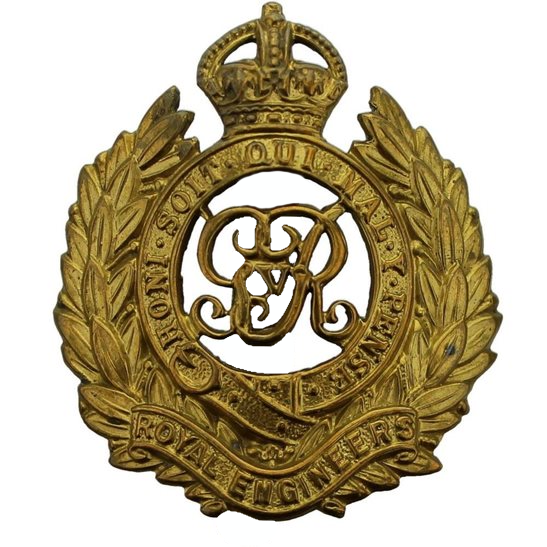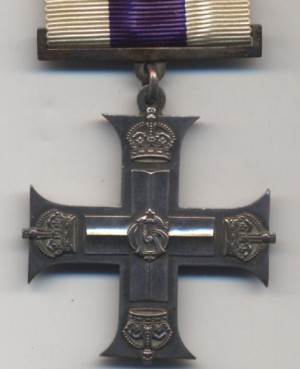Personal Details
Born: 4 December 1885 in Whixall, Shropshire and baptised on 14 March 1886 in the Wesleyan-Methodist Chapel, Whitchurch, Shropshire.
Family: He was the second of seven children born to Charles Henry Williams, a coal merchant, and his wife Annie. He married Janet H Bebb in 1919 in Newtown, Montgomeryshire, Wales; research suggests they had at least three children – Barbara, Henry and James.
Residence: From the time of his baptism until at least 1901 he lived with his family in Platt Lane, Whixall. In 1911 he was visiting his sister Nellie at 16 Hospital Street, Nantwich, Cheshire. In 1939 he lived with his wife and children at Cloverley, Ceiriog, Denbighshire, Wales; this was his address at the time of his death in 1973.
Employment: In 1911 he was a stone and coal merchant; in 1939 he was the managing director of a limestone quarry.
Died: 15 June 1973 in Wrexham, Denbighshire, aged 87.
Military Details
Regiment: Royal Engineers
Rank: Major
Service Number:
Date of Enlistment: December 1915 under Lord Derby
Date of Discharge: After January 1918
Reason for Discharge: Not known
Other Information: Citation in 5 July 1918 London Gazette: “For conspicuous gallantry and devotion to duty. During an enemy attack he took charge of a party of forty volunteers and superintended the digging of trenches, which were to form a point of resistance. This task was successfully carried out, though the enemy had advanced to within machine gun range. He showed great courage and coolness, and was awarded the Military Cross.”
Frank was awarded the Campaign Medals (British War Medal and Victory Medal) and the Military Cross.

The British War Medal (also known as 'Squeak') was a silver or bronze medal awarded to officers and men of the British and Imperial Forces who either entered a theatre of war or entered service overseas between 5th August 1914 and 11th November 1918 inclusive. This was later extended to services in Russia, Siberia and some other areas in 1919 and 1920. Approximately 6.5 million British War Medals were issued. Approximately 6.4 million of these were the silver versions of this medal. Around 110,000 of a bronze version were issued mainly to Chinese, Maltese and Indian Labour Corps. The front (obv or obverse) of the medal depicts the head of George V. The recipient's service number, rank, name and unit was impressed on the rim.
The Allied Victory Medal (also known as 'Wilfred') was issued by each of the allies. It was decided that each of the allies should each issue their own bronze victory medal with a similar design, similar equivalent wording and identical ribbon. The British medal was designed by W. McMillan. The front depicts a winged classical figure representing victory. Approximately 5.7 million victory medals were issued. Interestingly, eligibility for this medal was more restrictive and not everyone who received the British War Medal ('Squeak') also received the Victory Medal ('Wilfred'). However, in general, all recipients of 'Wilfred' also received 'Squeak' and all recipients of The 1914 Star or The 1914/1915 Star (also known as 'Pip') also received both 'Squeak' and 'Wilfred'. The recipient's service number, rank, name and unit was impressed on the rim.
The Military Cross is the third-level military decoration awarded to officers and (since 1993) other ranks of the British Armed Forces, and used to be awarded to officers of other Commonwealth countries.
The Military Cross is granted in recognition of "an act or acts of exemplary gallantry during active operations against the enemy on land to all members, of any rank in Our Armed Forces". In 1979, the Queen approved a proposal that a number of awards, including the Military Cross, could be awarded posthumously.
Click on the tag below to see details of each recipient.


